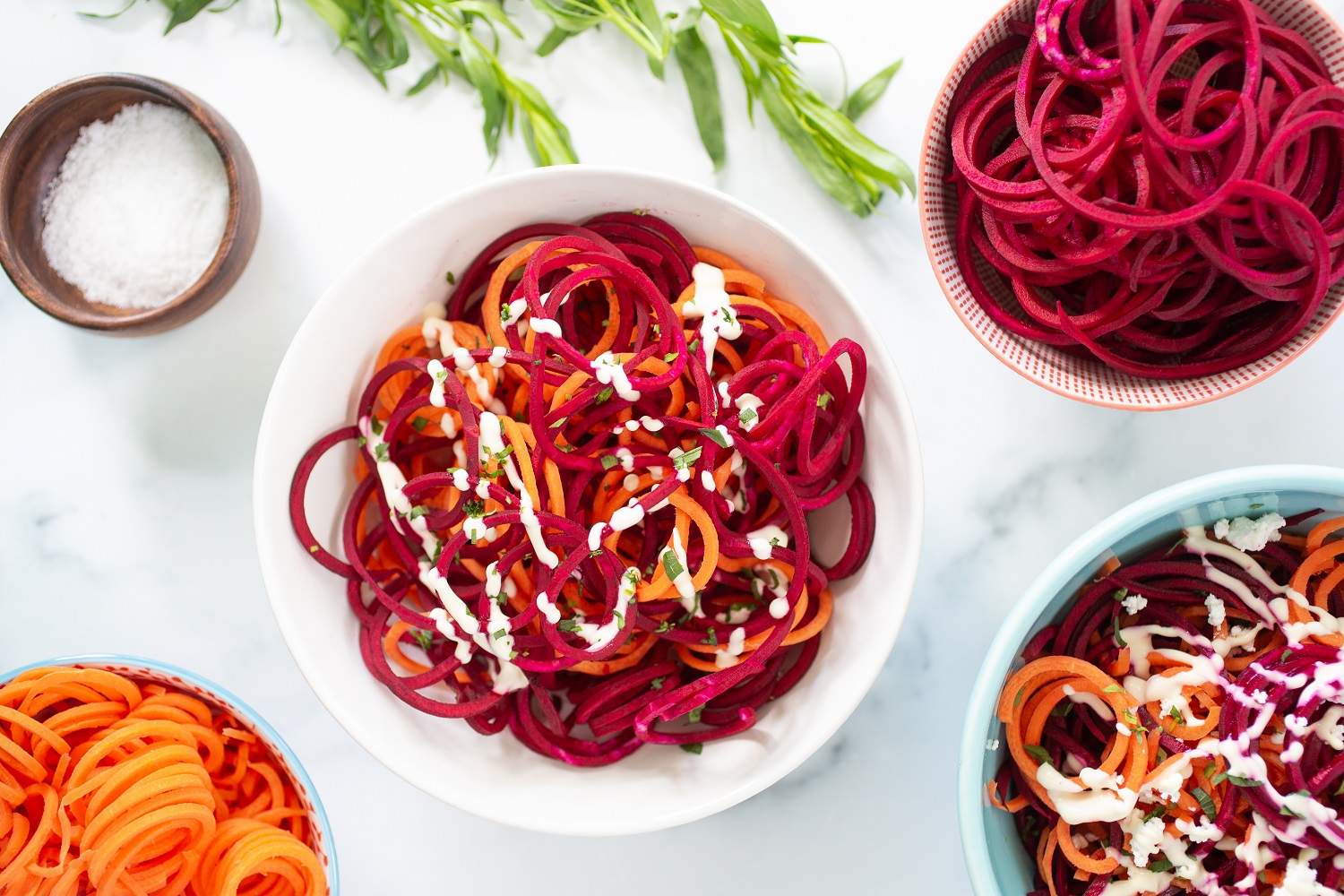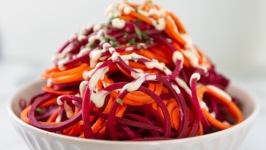Cooking Up Variety
If you grew up in Western New York, you probably remember the Variety Club Telethon appearing on your TV every winter. The telethon may be the Variety Club’s flagship event, but the nonprofit organization also raises money by staging numerous food-focused and community events throughout the year.
The club even released a 46-page community cookbook back in 1981 that still occupies shelf space in many local kitchens. Instantly recognizable to people of a certain age, the cookbook was cobbled together using home cooking recipes from the Variety Women, the local auxiliary group to the Variety Club. With the dawn of recipe websites, blogs and social media, you just don’t see communal cookbooks like this being made anymore.
The Variety Club began in 1927 as a social club for the theater and entertainment industry in Pittsburgh, PA. It has evolved into a philanthropic organization focused on benefitting disadvantaged children, with 45 offices, or “tents,” in 14 countries.
Throughout the 20th century, Buffalo’s Tent #7 clubhouse served as an outpost for people in the entertainment industry. Richard Goldstein, Variety’s executive director, said movie industry agents looking to book films at various theaters around the Great Lakes used the clubhouse as a stopover for food and drinks.
“Bookers from movie studios like Paramount or Universal would go all over the Northeast, driving from Buffalo to Cleveland,” Goldstein explained. “They’d say, ‘OK we’ve got Gone with the Wind coming up,’ and do a deal with downtown theaters to show the movie. And they would eat at The Variety, in the full clubroom upstairs, then go to a hotel room on Delaware Avenue, maybe at the Statler Hotel.”
In addition to providing food to folks in entertainment, the Variety Club has also used food in its philanthropic mission. Before the telethon each year, the club holds a “Taste of the Telethon” fundraising event at Salvatore’s Italian Gardens that specifically engages the local hospitality industry. The Variety Women also host a number of food-related events throughout the year, including a holiday tea event and telethon kick-off party.
The Variety of Recipes cookbook released by the Variety Women represents a trend in fundraising from the 1970s and ‘80s. Community members, mostly women, would contribute to a cookbook that would be published to raise money for a church, school or not-for-profit organization. Goldstein said he remembers the Variety of Recipes book being a highly successful fundraiser.
“Actually, that did pretty well,” he recalled. “I don’t think they charged too much, either, back in those days.”
While the Variety Club telethon has stood the test of time—having raised more than $1 million in 2020 and lasted 58 years—the cookbook was a one-off, possibly due to the amount of work that was involved. So does a 39-year-old community cookbook remain relevant?
To find out, I sat down with Camille Le Caer, a classically trained French chef and former owner of Pastry by Camille, a café and patisserie that was located on Hertel Avenue in Buffalo. Sadly, the café has since closed in the wake of the COVID-19 pandemic. In April, Le Caer appeared on an episode of the Food Network show Guy’s Grocery Games, where he took the top prize.
Originally from Brittany, France, and a Millennial, Le Caer is both half-a-world and a generation removed from Variety of Recipes. You might think a young French chef would look down his nose at a community cookbook from Western New York, but sitting in his patisserie, Le Caer told me the recipes are mostly classics.
“These recipes aren’t old-styled,” he said. “Like the beet and carrot salad—that recipe works.”
Le Caer went on to say some dishes, like beef-sausage canapes, aren’t really made anymore, but he was drawn to a few recipes for their ingredients, especially the one for molasses cookies.
“I think they’re the best,” he said as he fingered the recipe on the page in front of him. “I’m not American but I’ve come to love molasses cookies. Cinnamon, ground cloves, ginger, dark molasses, margarine, lemon juice—that’s a very interesting recipe.”
A cheesecake recipe from contributor Dorothy Atlas also caught his eye for its use of heavy cream.
“Not many people use heavy cream, but it’s good in a cheesecake,” Le Caer explained. “That’s what I use, like for my maple syrup cheesecake.”
He said one of the biggest changes in home cooking over the past 40 years has been a greater awareness of what we are consuming, including a better understanding of nutrition.
“Before, people were content to make something that looks good and taste good,” he said. “Now, we’re more concerned about what we’re eating; like if it’s good for our body, not just good tasting.”
Many of the recipes in the Variety cookbook call for processed foods, and while people still use Velveeta and processed cream cheese, the trend is to avoid these in favor of whole unprocessed ingredients. For instance, Le Caer said a modernized version of the book’s carrot and beet salad would use homemade goat cheese dressing instead of Miracle Whip.
He added that an updated version of Variety of Recipes might emphasize using local ingredients, as we’ve grown more aware of how great local ingredients can be and how their use is more sustainable.
“I think Western New York has so many good fruits and vegetables: beets, zucchini, blueberries and asparagus,” he said. “I go to farmers’ markets and produce auctions every year and they are the best. The rhubarb is amazing. The asparagus is really tall. They have wonderful stuff.”
Interestingly, both Le Caer and Variety director Goldstein were captivated by the old community cookbook and both said it’s an idea that should come back, if only in a more modern format. “It’s part of Western New York heritage,” Le Caer summarized.






